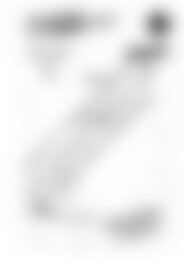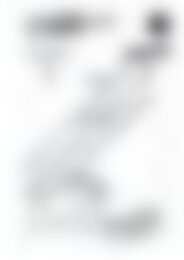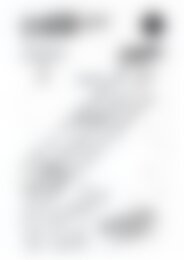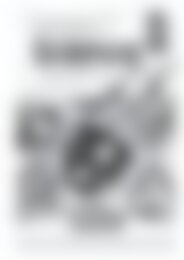20386_Science_with_STEM_Year_4_Earth_and_Space_Sciences_Surface_changes
You also want an ePaper? Increase the reach of your titles
YUMPU automatically turns print PDFs into web optimized ePapers that Google loves.
<strong>Earth</strong> <strong>and</strong> space sciences<br />
SURFACE CHANGES<br />
Lesson 4<br />
Materials:<br />
• large plastic<br />
container<br />
• white s<strong>and</strong><br />
• various rocks<br />
Materials:<br />
• large plastic<br />
container<br />
• black soil<br />
• water<br />
• cup <strong>with</strong> hole cut<br />
in the bottom<br />
Materials:<br />
• large plastic<br />
container<br />
• large ice block<br />
• moist white<br />
s<strong>and</strong> (reuse the<br />
s<strong>and</strong> from the<br />
wind erosion<br />
experiment <strong>and</strong><br />
just add a little<br />
water to make it<br />
moist)<br />
Wind, water <strong>and</strong> ice erosion experiments<br />
Wind erosion experiment<br />
Procedure:<br />
1. Set up a container <strong>with</strong> dry white<br />
s<strong>and</strong> on one side, slightly<br />
angled like a s<strong>and</strong> dune.<br />
2. Add some different-sized rocks.<br />
3. Take a photograph of the scene,<br />
showing ‘before’.<br />
4. Blow <strong>with</strong> a straw to recreate wind.<br />
5. Take another photograph showing ‘after’ <strong>and</strong> describe the<br />
results using an audio recorder.<br />
How does the s<strong>and</strong> move? Do the rocks move?<br />
Water erosion experiment<br />
Procedure:<br />
1. Set up a container <strong>with</strong> black soil.<br />
Create a slope on one half of the<br />
tray <strong>and</strong> add different l<strong>and</strong>forms;<br />
e.g. mountains, isl<strong>and</strong>s, cliffs.<br />
2. Take a photgraph of the scene,<br />
showing ‘before’.<br />
3. Trickle water down from the<br />
highest peak using a cup <strong>with</strong><br />
a small hole in the bottom.<br />
4. Take another photograph showing ‘after’<br />
<strong>and</strong> describe the results using an audio recorder.<br />
How does the soil move? What does the water look like at the end?<br />
Glacier erosion experiment<br />
©R.I.C. Publications<br />
Low Resolution Images<br />
Display Copy<br />
Procedure:<br />
1. Set up a container <strong>with</strong> white s<strong>and</strong>,<br />
on an angle like a mountain.<br />
2. Take a photograph of the scene,<br />
showing ‘before’.<br />
3. Place the ice block on top <strong>and</strong><br />
let it move down the slope.<br />
You can encourage it down the<br />
slope to begin <strong>with</strong> <strong>and</strong> then allow<br />
it to melt <strong>and</strong> move naturally.<br />
4. Take another photograph showing ‘after’<br />
<strong>and</strong> describe the results using an audio recorder.<br />
How does the s<strong>and</strong> move? What happens when the ice melts?<br />
R.I.C. Publications® – www.ricpublications.com.au YEAR <strong>Science</strong>:<br />
4 A <strong>STEM</strong> APPROACH 95







